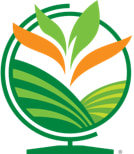Goat vs Sheep and Other Ag Mixups
There are lots of agriculture misconceptions and mix-ups out there. Is hay the same as straw? Is a combine a tractor? It can all be a little confusing. We break down some common mix-ups in this blog.
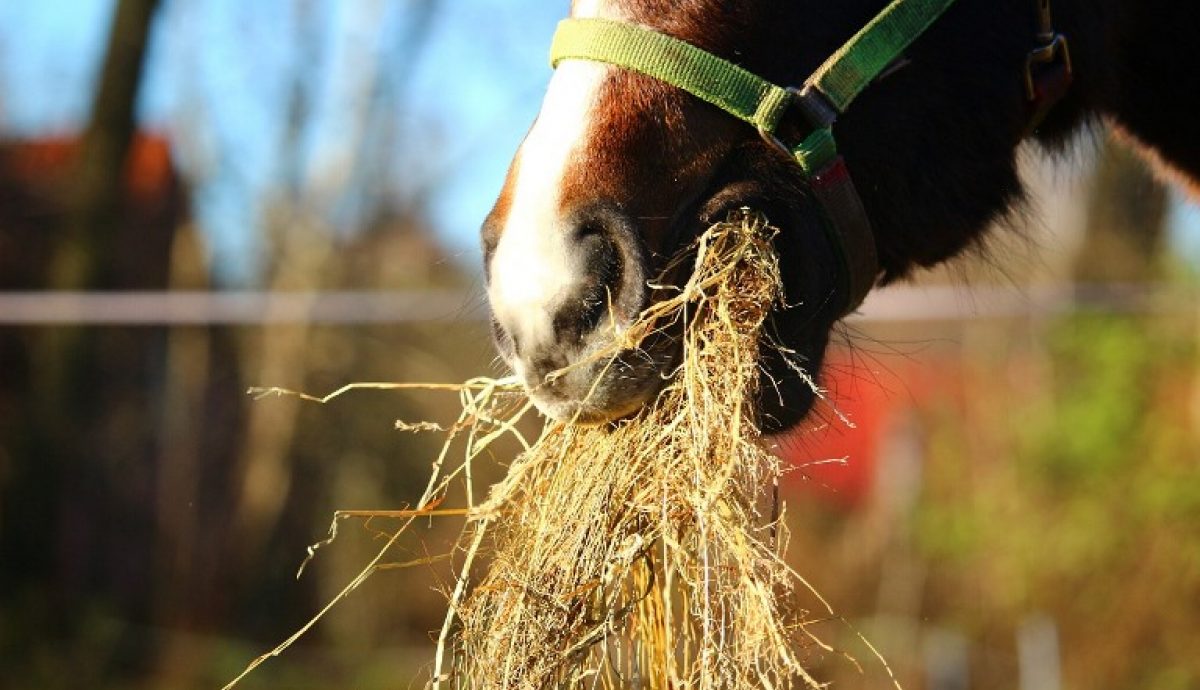
1. Goat vs. Sheep

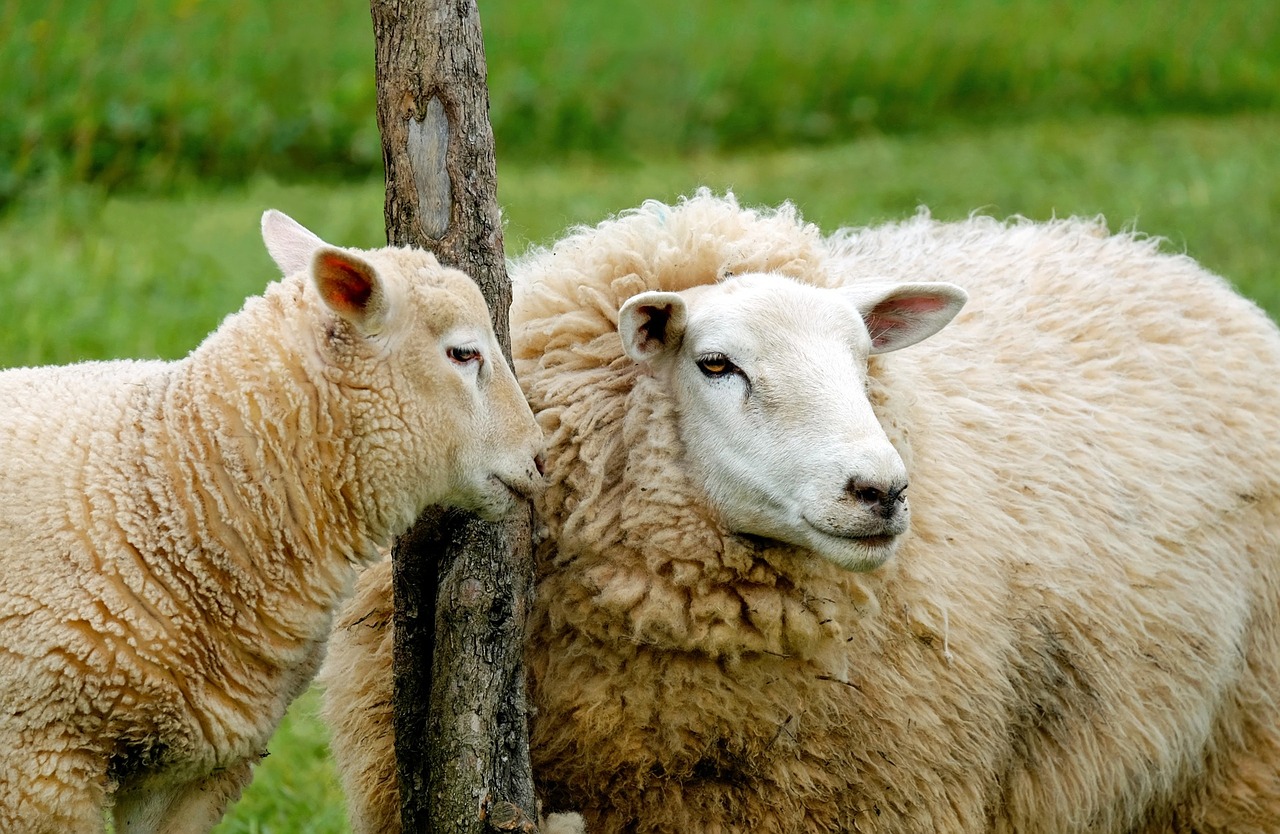
(goat left, sheep right)
Goats and sheep have many similarities, but they are different animals! Most goats have hair coats that do not need to be cut. Sheep grow wooly coats that DO need to be sheared. Sheep are “grazers”- they amble along slowly eating short plants that are close to the ground like grass. Goats on the other hand are “browsers” and they look for leaves, twigs, vines and shrubs. Goats are also more naturally curious and independent while sheep get agitated when they are separated from their flock.
There are many different breeds of both sheep and goats!
The Guardian Team explores sheep and their guardian animals and introduces students to life on the ranch. Looking for something for your middle school reader? Heart of a Shepherd explores Oregon ranch life through the eyes of 11-year-old Ignatius.
2. Cow vs. Bull and more

(Dairy cows being milked left- image by R. Rubingh, bull right)
Now what about cattle? What are the differences between a cow, heifer, bull and steer? A cow is a mature female that has had at least once calf, she can be milked. A heifer is a young female that has never had a calf. So, when a heifer has a calf it is now called a cow! A bull is an adult male animal that is used for breeding, while a steer is a male that has been neutered. Both baby male and female cattle are referred to as calves.
Learn more about beef and beef production with these resources!
Read the Dairy Ag Mag to learn more about dairy!
3. Straw vs. Hay
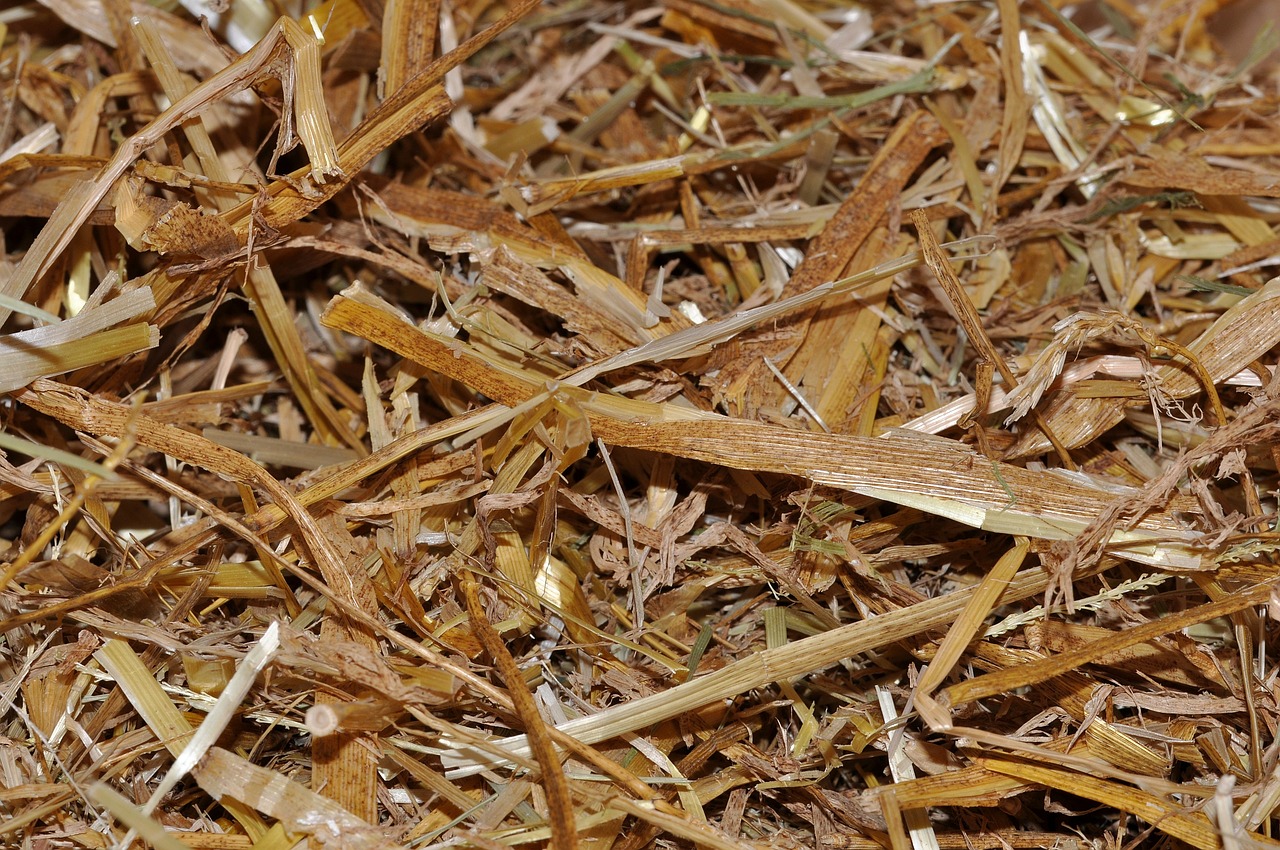

(Straw left, Hay right)
They are the same thing, right? Nope! Straw is a by-product of seed or grain production. When grain crops like wheat are harvested for their seed, stalks are left behind and harvested to create straw. For example, a wheat farmer will harvest the grain and the dry plant that remains is called straw.
Hay (is a grass that) is grown specifically for use and is cut before plant goes to seed. Because of this, hay has more nutrients than straw because valuable nutrients in the stalks are still there. Farmers usually use hay to feed their livestock because of the high nutritional value, while straw is usually used for animal bedding!
Still a little confused? Check out this video from the Ohio Department of Agriculture about the difference between straw and hay.
4. Tractor vs. Combine
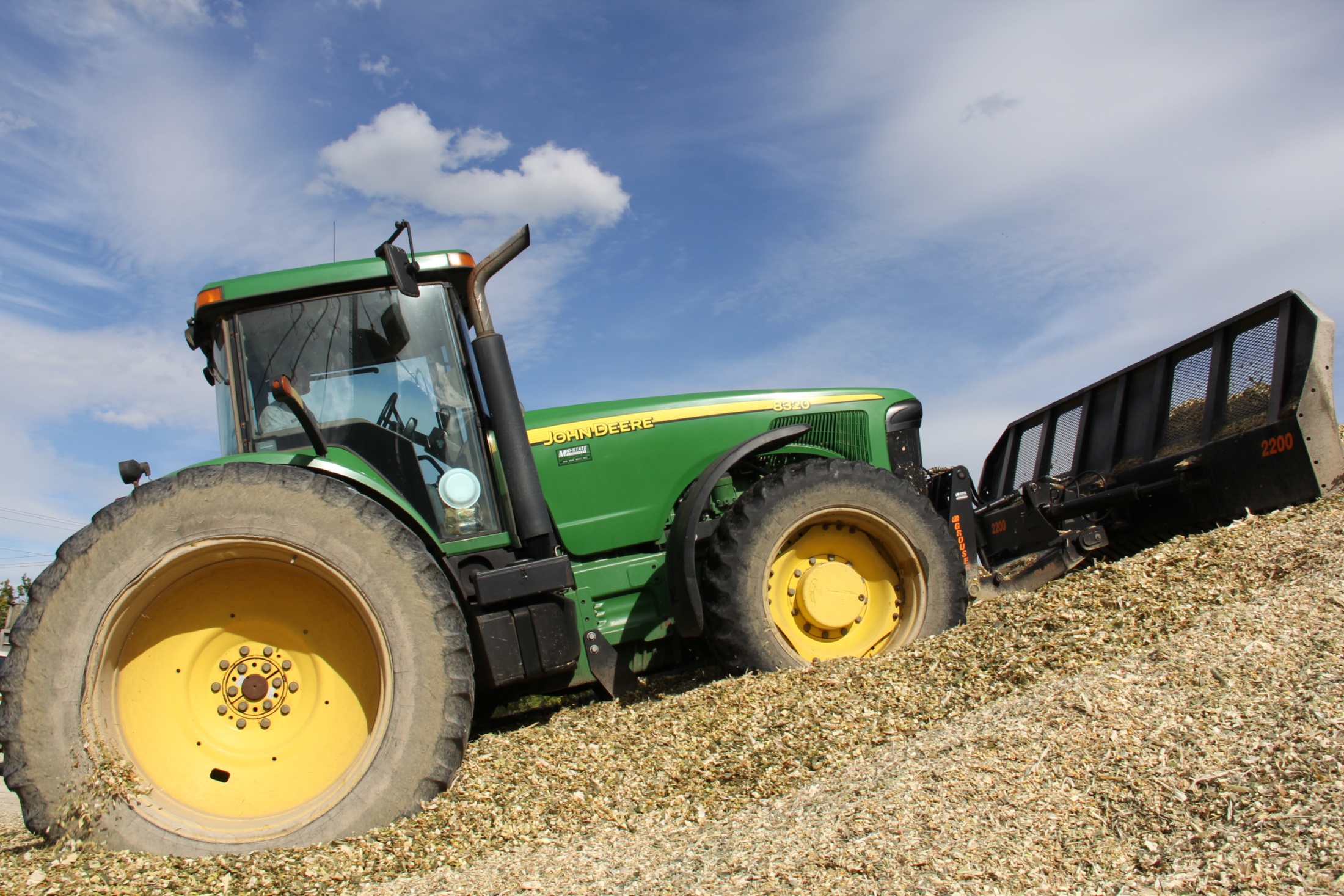
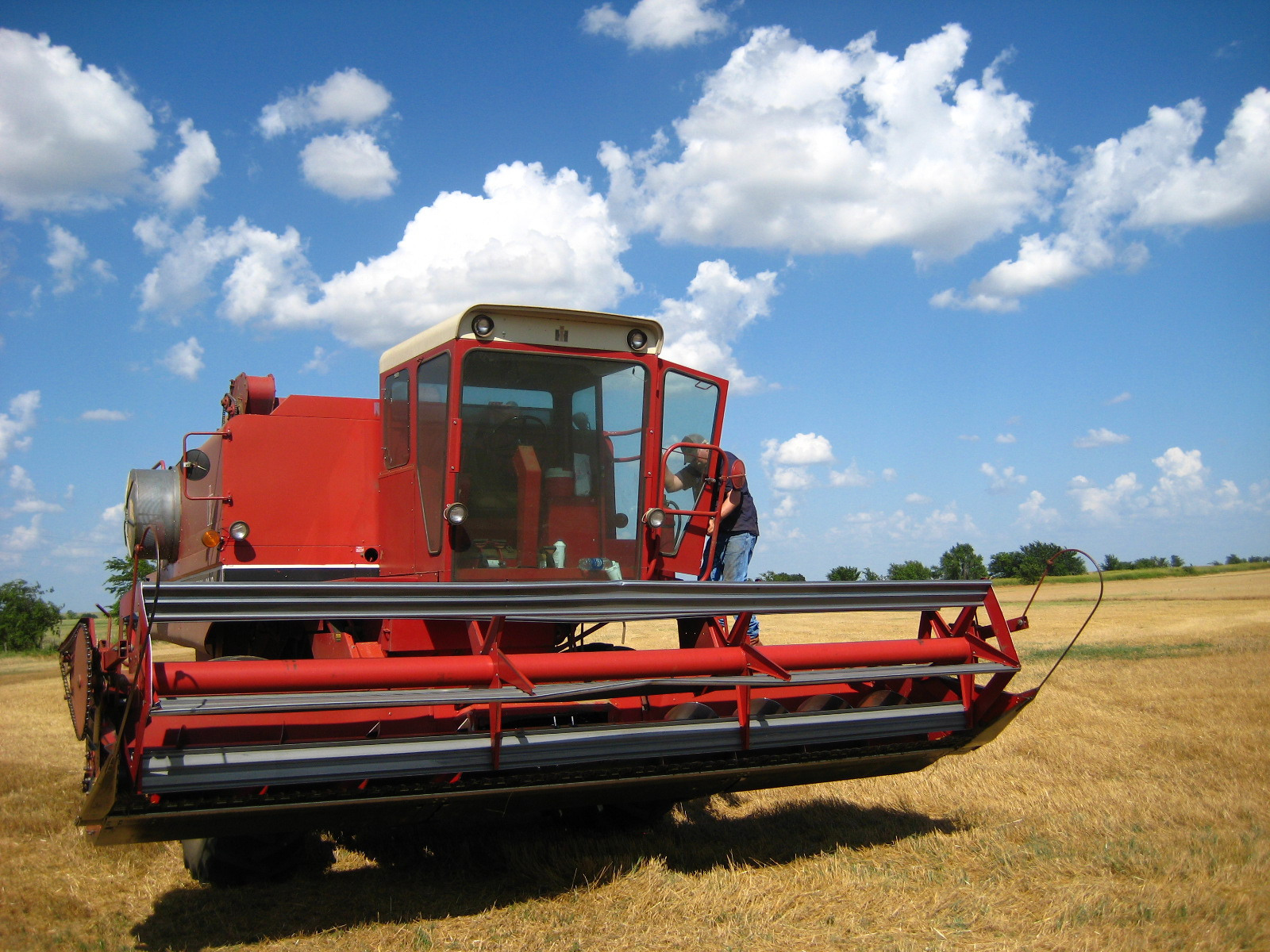
(Tractor left - image by P. Roden, Combine right - image by G. Calhoun)
Another common mix-up is between a combine and a tractor. A combine, or combine harvester, is a specific type of tractor used for harvesting. This important machine performs 3 functions- reaping, threshing and cleaning which allows grain crops to be harvested more quickly and efficiently, and allows farmers to harvest more grain! Tractors, on the other hand, do not harvest but pull machinery. Tractors were originally made to replace animals like oxen and horses which farmers used to pull carts and plows. Today tractors pull heavy loads, trailers and agricultural machinery that is used for plowing, tilling and other similar tasks. Both machines are very important in the life of a farmer!
This America’s Heartland video gives a historical look at the evolution of tractors.
Bonus! Cotton vs. Wool
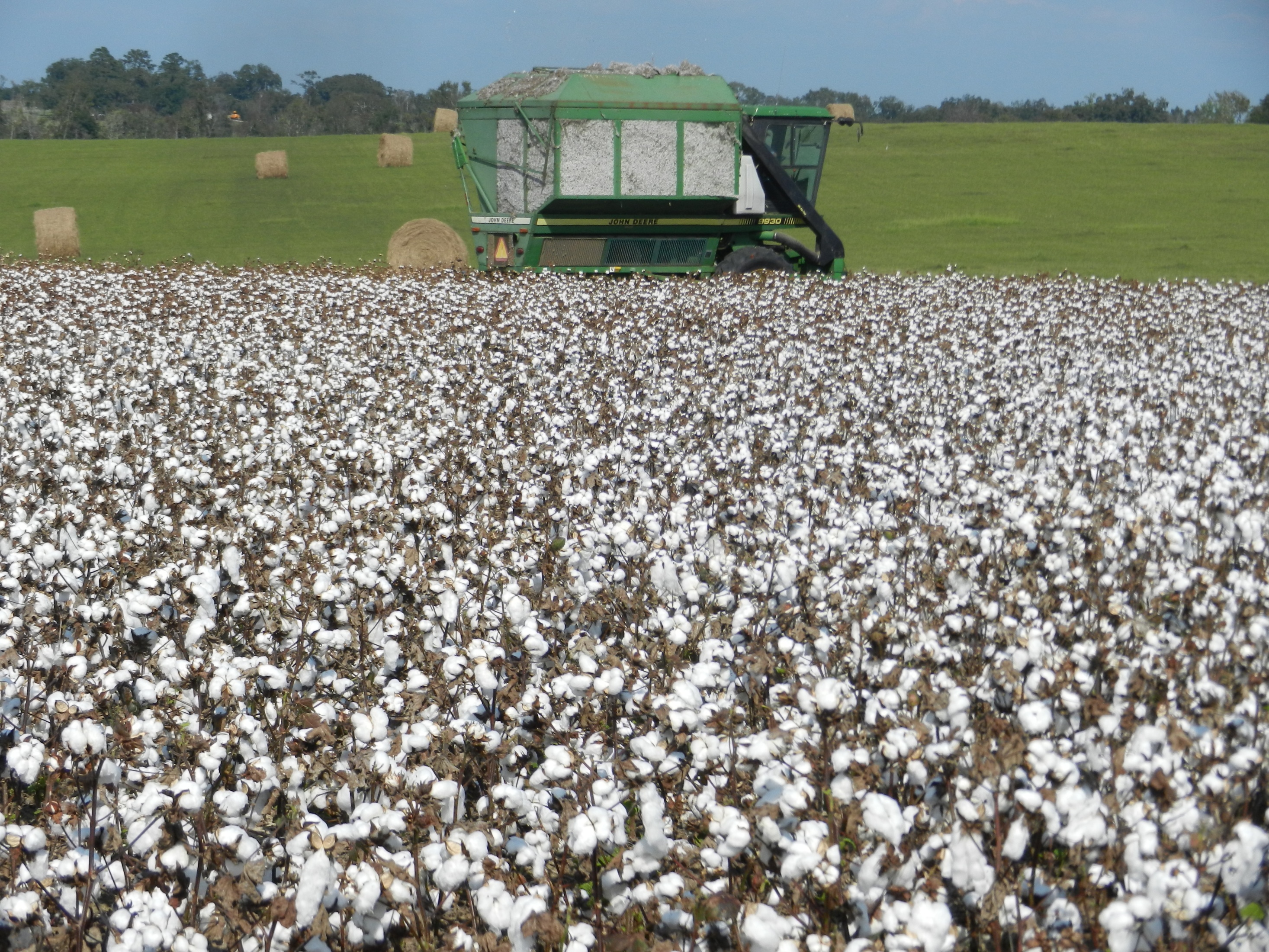
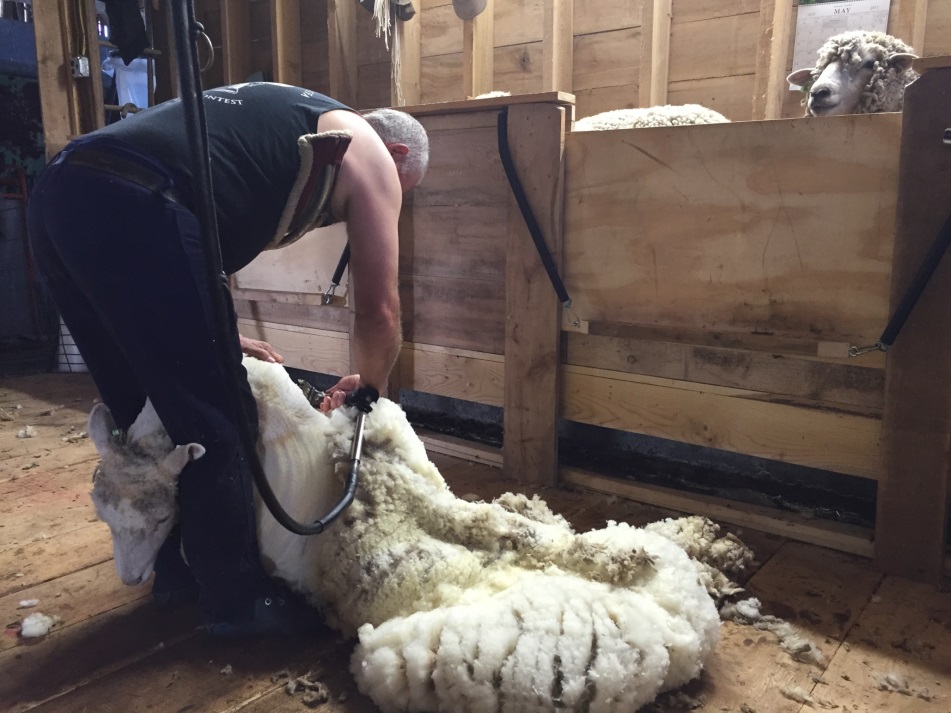
(Cotton left - image by R. Lucas; Wool right - image by E. Bristol)
Cotton and wool both make beautiful clothes and textiles, but what is the difference? Cotton comes from the cotton plant; it is a soft fiber that is grown in a boil, or protective case, around the seeds of cotton plants. Seeds are separated from the cotton fiber then the fiber is cleaned and spun together to make thread. This thread is then woven into cloth to make things like jeans and shoestrings.
Most wool comes from sheep. A sheep’s coat is sheared every year then cleaned, straightened and combed. This wool is spun into thread or yarn that is woven into cloth.
Watch this video to learn how cotton turns into denim! This America’s Heartland video explores sheep shearing at a Tennessee sheep shear.

